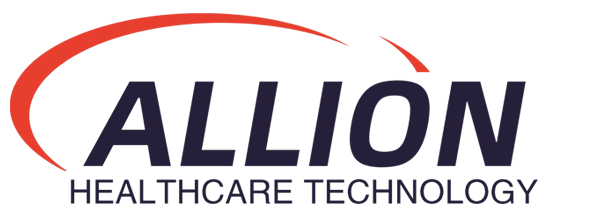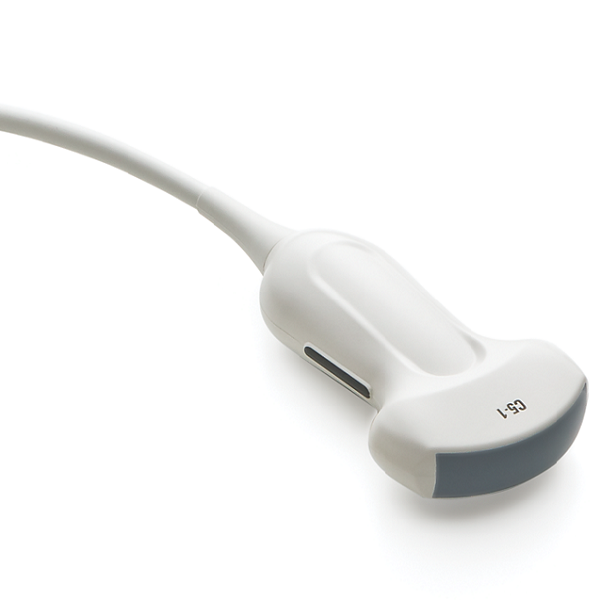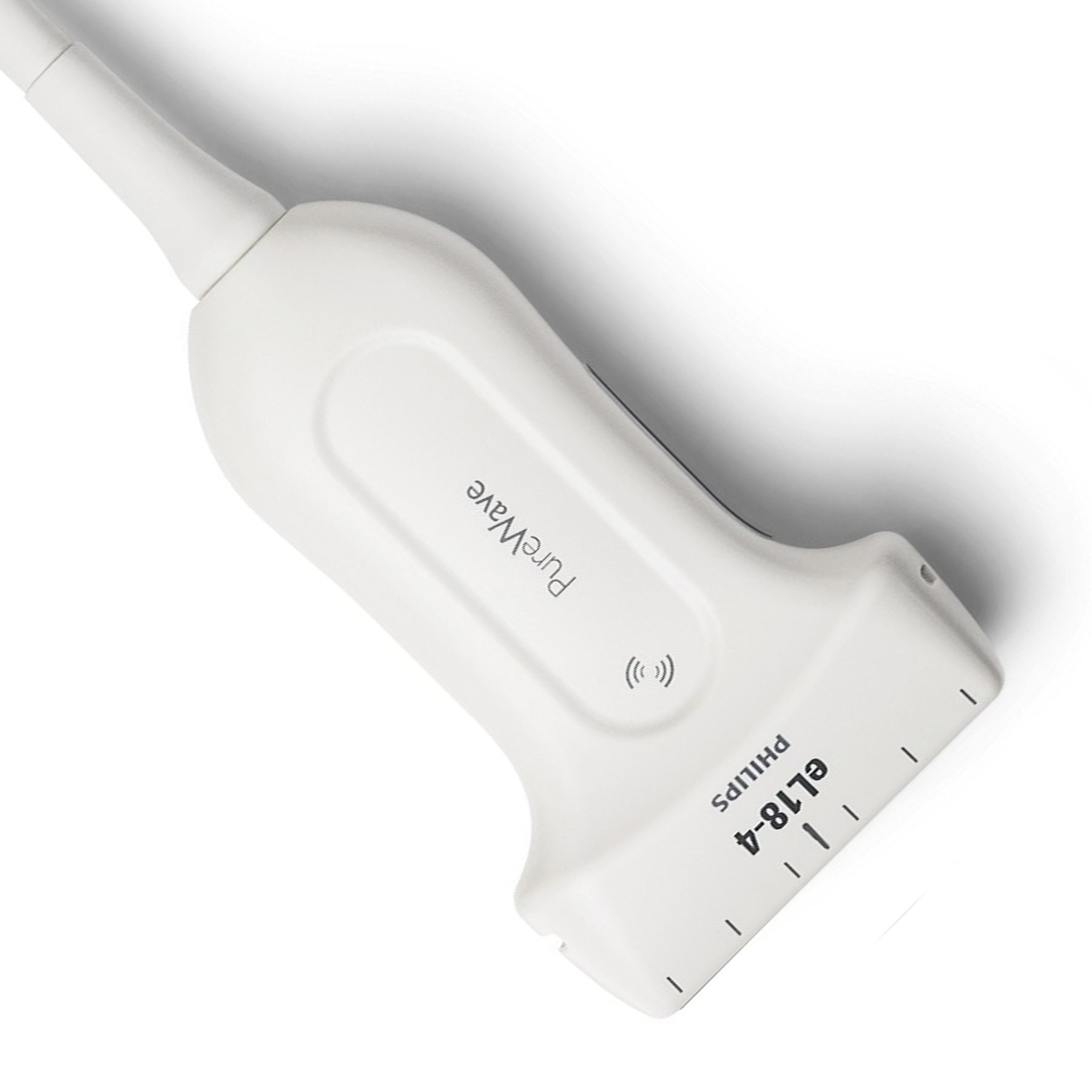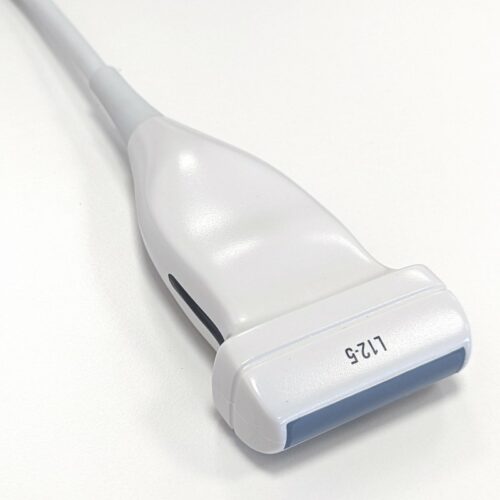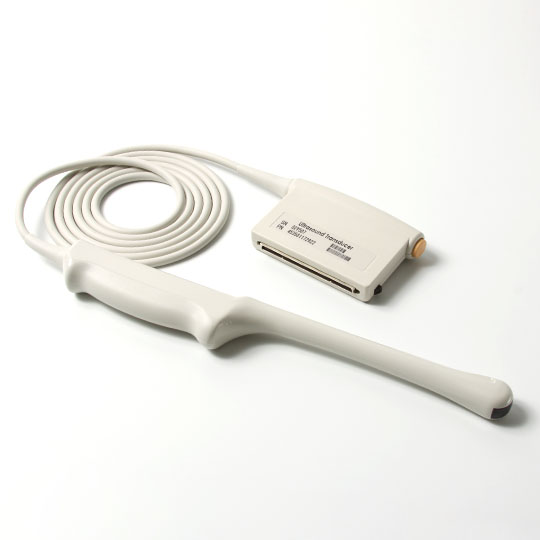Amid global pandemic, Lumify helped ED and ICU clinicians deliver faster, more precise diagnoses for COVID-19 patients, while helping manage risk of virus spread
Over the past years, Philips Lumify point-of-care ultrasound has become an indispensable tool in the global response to COVID-19, according to doctors on the front lines. The award-winning tablet-based ultrasound solution has been helping clinicians in the Emergency Department (ED) and the Intensive Care Unit (ICU) make faster, more refined care decisions during the pandemic, while also helping manage the risk of spreading COVID-19 within their departments.
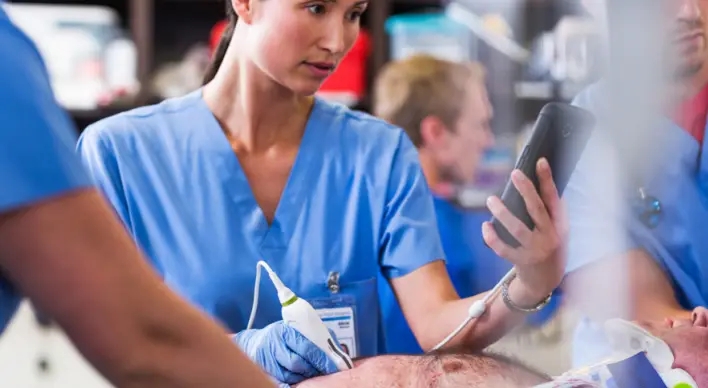
In the early days of the pandemic, Philips worked closely with healthcare workers to understand their challenges and meet their needs, ultimately ramping up production of Lumify, a hand-held point-of-care ultrasound solution with integrated Reacts tele-ultrasound capabilities for remote collaboration and training. The Reacts collaborative platform is integrated with the Philips’ Lumify and enables users to share the live ultrasound stream from a Lumify device with a remote colleague on a mobile device, tablet or computer, who can provide real time feedback without the need for physical proximity during scans.
The strategy was that Lumify would again revolutionize healthcare at the point-of-care just as it did in 2015 when it became the world’s first app-based ultrasound. As a tablet-based ultrasound, Lumify brings flexible ultrasound capabilities with exceptional imaging to every healthcare provider and patient, in every situation, everywhere in the world. Now, amid the COVID-19 pandemic, Lumify is proving to be an integral part of the process in acute care settings, especially where patients need to be isolated and equipment brought to their bedside. Lumify is the most portable Philips ultrasound system and can perform continuous scanning for up to 5 hours with a single charge or scan all day long with swappable power modules. The solution is also designed to be used while wearing PPE and rapidly cleaned between patients.
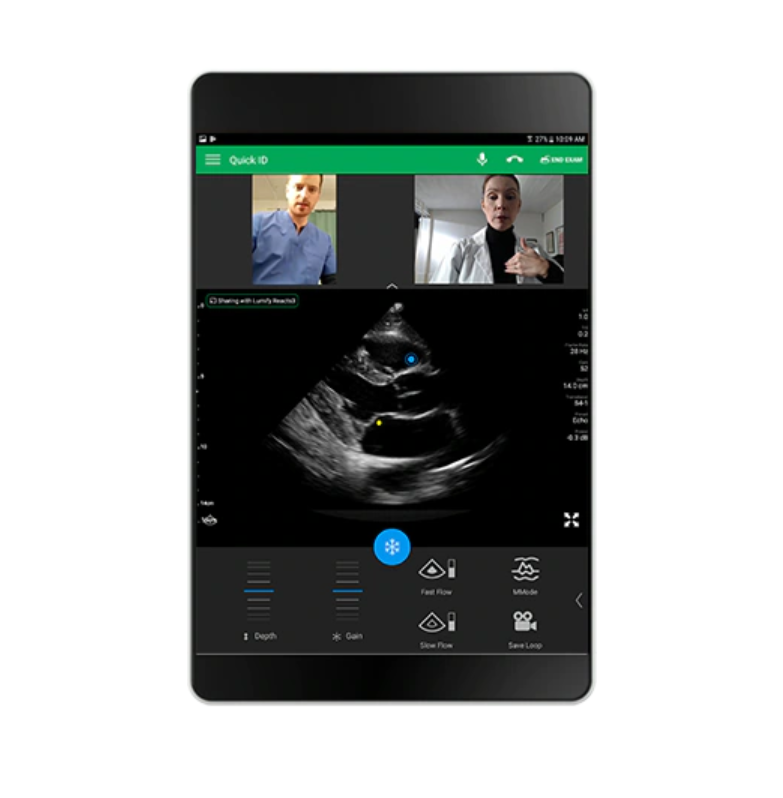
“Both tablet-based and point-of-care ultrasound have been instrumental in my clinical practice during the COVID-19 pandemic. Lumify gives me the confidence to best support my patients and help keep my staff safe,” said Max Bursey, D.O., of Augusta University, who uses Lumify point-of-care ultrasound on a daily basis in the ER and ICU. “Philips point-of-care ultrasound provides clinical information at the bedside to help narrow or expand differential diagnosis in real time. It enables faster and more refined clinical decision-making, and has become an extension of my physical exam in almost every patient I see. Getting a fast diagnosis enables treatment to begin faster, which is critical in treating COVID-19.”
With tablet-based ultrasound available at the bedside, healthcare systems are also better able to reduce potential exposure to the virus for their staff and other patients. Intubation, for example, is a procedure that can create aerosols that spread COVID-19. Lumify can be used by clinicians as a precious adjunct to confirm endotracheal tube placement, which provides confidence that the procedure can proceed safely.
By enabling remote communication, Lumify with Reacts reduces the need for physical interaction. This is essential during the pandemic to help minimize the risk of virus transmission among medical teams, making Lumify a critical diagnostic solution in the management of COVID-19-related lung and cardiac complications. In a recent study where Lumify was used for point-of-care focused cardiac exams on COVID-19 patients, scan time was reduced by 79%, while decontamination time was reduced by 85%.
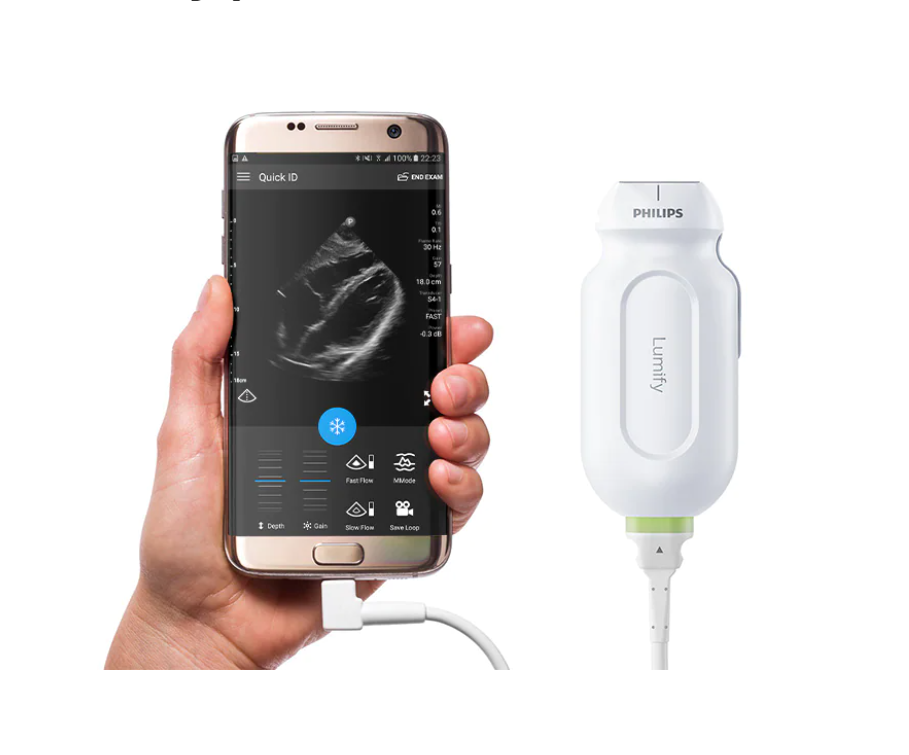
In addition to helping clinicians diagnose and treat COVID-19 patients and reduce exposure, the solution has also helped doctors understand links between cardiac abnormalities and a poor COVID-19 prognosis. Lumify with Reacts is also being used to support teaching hospitals by having students learn via tele-ultrasound in the hospital hallway rather than having multiple people in a patient’s room, limiting exposure.
 English
English
 Русский
Русский
